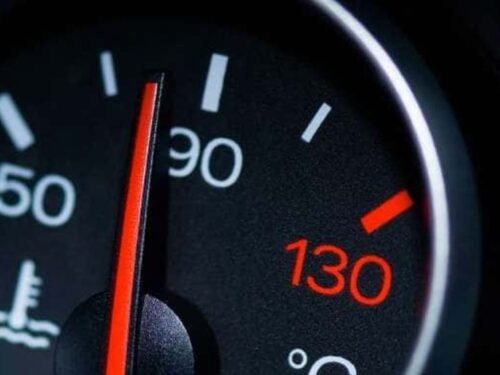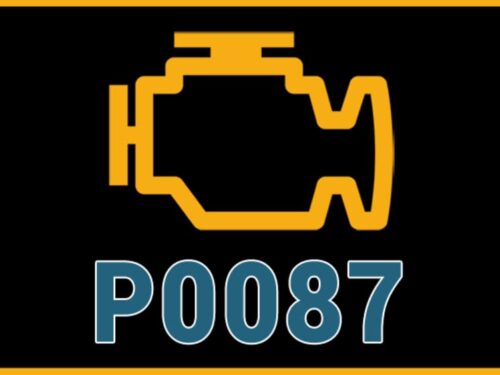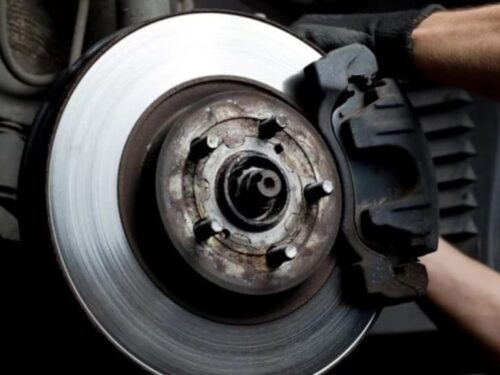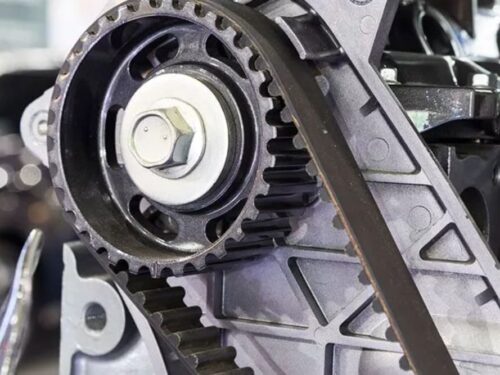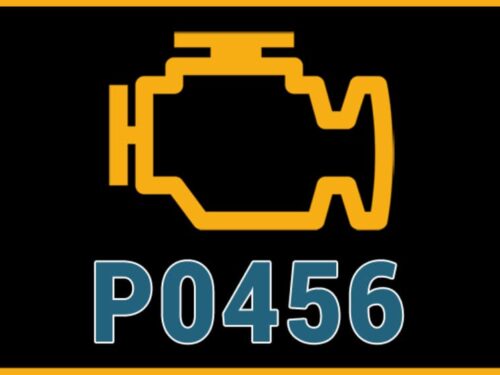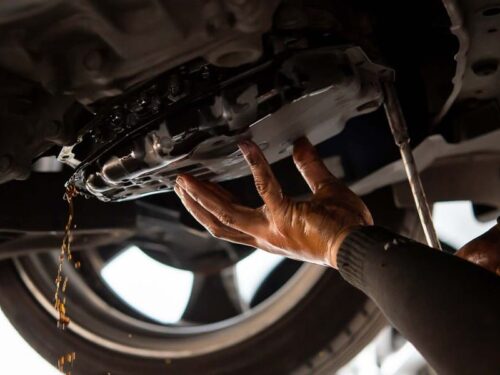
While proper maintenance of your vehicle’s cooling system is extremely important, about 28% of the vehicles on America’s roads are operating with inadequate maintenance and protection. If you can’t remember the last time you had your vehicle’s radiator flushed and the coolant replaced, your vehicle falls into this category. It is likely time for you to pay a bit more attention to your vehicle’s cooling system – and we’ll tell you why.
How the Cooling System Works
Your vehicle’s cooling system is designed to cool your engine while it is running, and it is a circulating process that begins in the radiator. Stated simply, coolant travels from the radiator, then circulates through the engine while drawing away engine heat. The coolant then returns to the radiator where the fan and air flowing through the fins of the radiator reduces the temperature of the coolant. It then returns to the engine once again, and thus, continues the cooling cycle.
The coolant is designed to protect the running engine from overheating, and it also protects vital parts in the cooling system against corrosion. When the coolant gets old, it cannot do its job properly, and you run the risk of repeatedly overheating your engine which can lead to extensive and expensive repairs..
Signs of a Cooling System Problem
Here are some things to watch for that may indicate you have a problem with your cooling system.
- Engine Overheating – Any number of things can cause your engine to overheat – like a broken water pump or a broken belt – to name two. If your engine’s temperature warning light comes on, it’s best to either pull over and call for a tow, or let it cool completely and add a 50/50 antifreeze mixture to fill the radiator and cautiously make your way to the repair shop. Continuing to drive while the engine is overheated could lead to permanent engine damage.
- The Smell of Antifreeze – The smell of antifreeze when driving or right after you’ve stopped your vehicle indicates a leak in the system, often indicating that antifreeze is dripping onto your hot engine or leaking into the passenger compartment due to a faulty heater core. This problem requires immediate attention.
- Antifreeze on the Ground – A puddle of coolant under your vehicle is another indication of a leak that prevents the cooling system from protecting your engine against overheating.
- Coolant Level is Perpetually Low – Having to add coolant regularly is still another sign of a leak in the cooling system.
Cooling System Maintenance
- Check the radiator, belts and hoses regularly and have them replaced when they begin to show signs of wear.
- Replace the drive belt – also known as the serpentine belt – if it is beginning to show any signs of wear. Check your owner’s manual for replacement information or ask your mechanic for his opinion.
- Have the cooling system properly serviced. At least once every two years the old fluid should be drained, the system flushed, and new coolant added.
- Have the cooling system properly serviced. At least once every two years the old fluid should be drained, the system flushed, and new coolant added.
Courtesy of aeroautoparts


